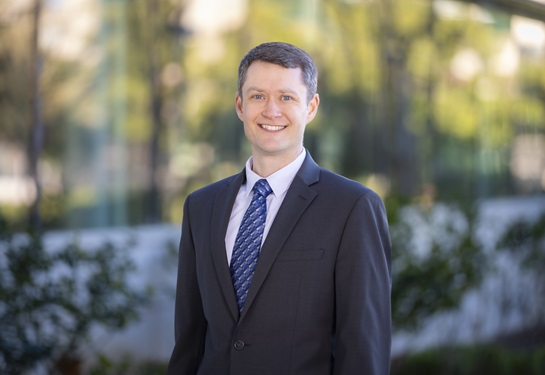Researchers evaluate program to treat opioid addiction

Researchers at the UC Davis Center for Healthcare Policy and Research (CHPR) received an award to help address the opioid overdose crisis by assessing a unique emergency department service.
The $1.05 million, 3-year grant from the Centers for Disease Control and Prevention (CDC) will support an evaluation of the CA Bridge project, an initiative to expand medication for addiction treatment in emergency departments.
CA Bridge uses an integrated treatment approach with the goal of boosting buprenorphine use rates among patients. Buprenorphine is an effective treatment for opioid use disorder (OUD). The program provides OUD patients who visit the emergency department with same-day access to buprenorphine, drug and alcohol counselor support, as well as referrals to primary care providers.
Researchers will evaluate CA Bridge based on Medicaid enrollment, inpatient, outpatient and pharmacy data from 2018-2022. The study covers 186 California emergency departments—58% of the state’s emergency departments—that have implemented CA Bridge.
“We want to know the short- and long-term effects that CA Bridge has on patients treated for opioid addiction,” said Joshua Fenton, a family medicine physician and principal investigator on the study. “We also want to know how this affects people in different racial and ethnic groups and urban and rural communities so we can more effectively treat populations with different needs.”

Family and Community Medicine at UC Davis Health.
The study assesses how CA Bridge helps increase utilization of outpatient behavioral health services, increase use of buprenorphine following emergency room visits, and decrease overdoses. The study focuses on Medicaid patients.
Co-investigator Aimee Moulin, an emergency physician and co-founder of CA Bridge, said the study has national health policy implications as health care providers across the country are trying to reduce overdose fatalities.
“Emergency departments have become a focus for patient outreach because many OUD patients commonly seek care at emergency departments,” Moulin said. In addition to more than 300 California emergency departments, the CA Bridge model has been replicated in Colorado, Texas, and West Virginia.
In a separate study, CHPR researchers are conducting a clinical trial in three CA Bridge emergency departments investigating the long-term use of buprenorphine for OUD patients. The $6.4 million study is funded by the Patient-Centered Outcomes Research Institute (PCORI). It explores the effectiveness of telehealth follow-up appointments, which may reduce barriers to traditional in-person appointments that some patients face.
The research team for the CDC award includes CHPR researchers Marykate Miller and Shao-You Fang.





